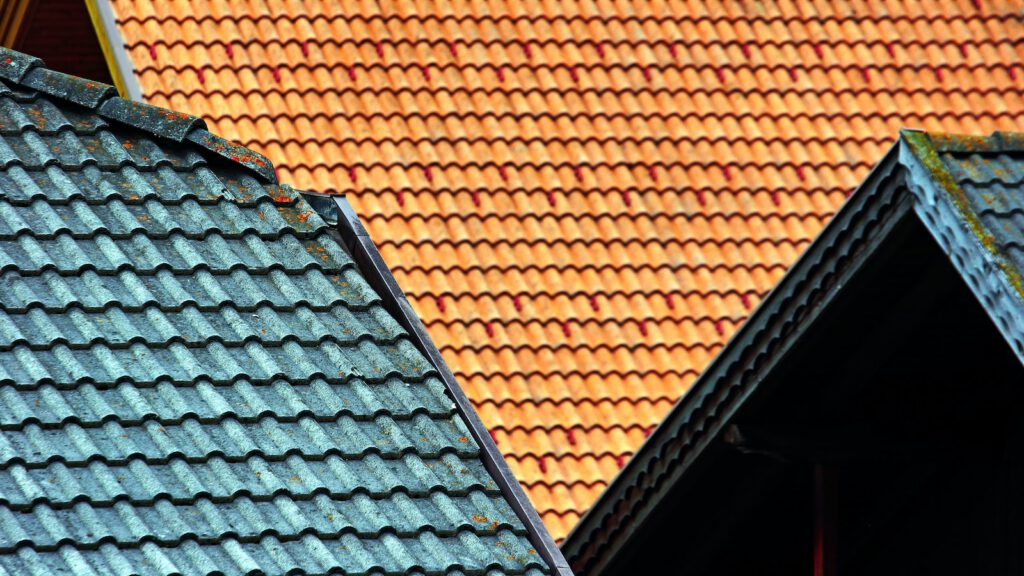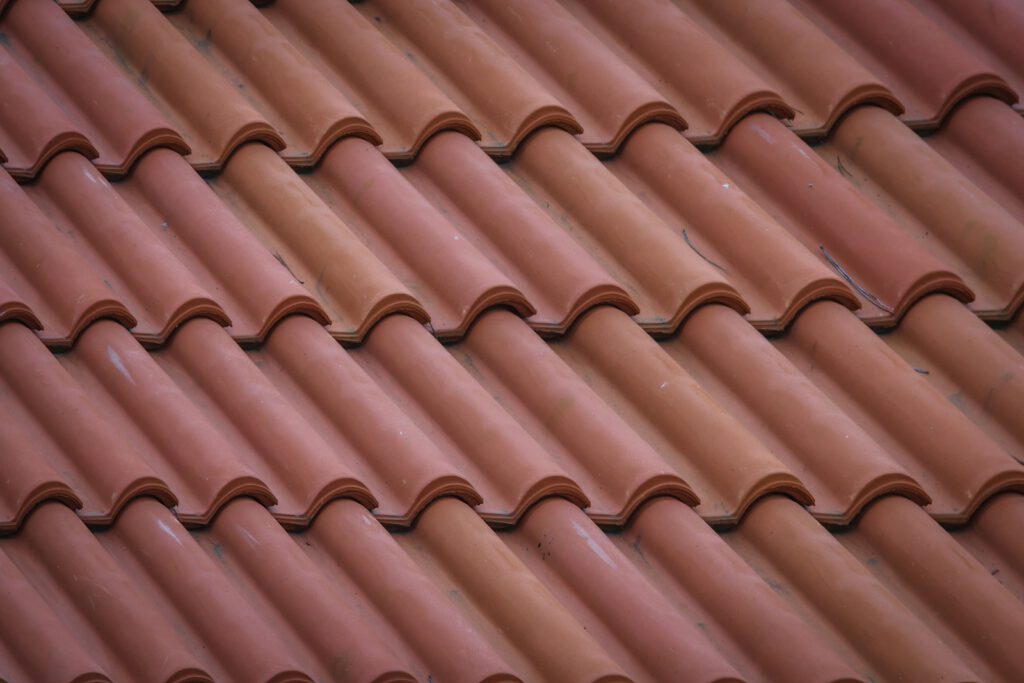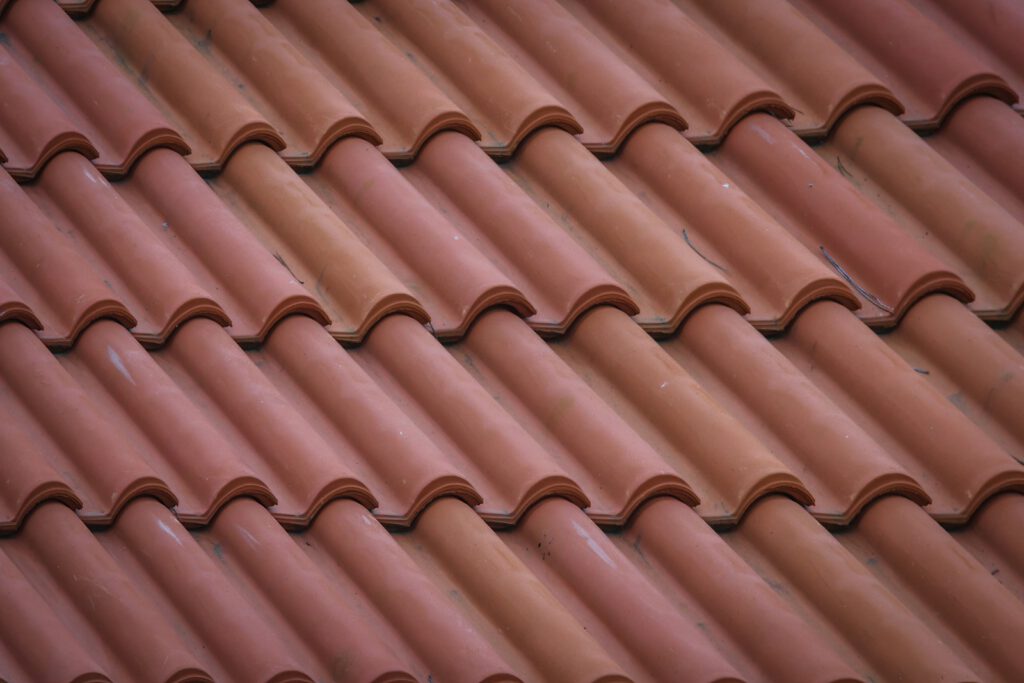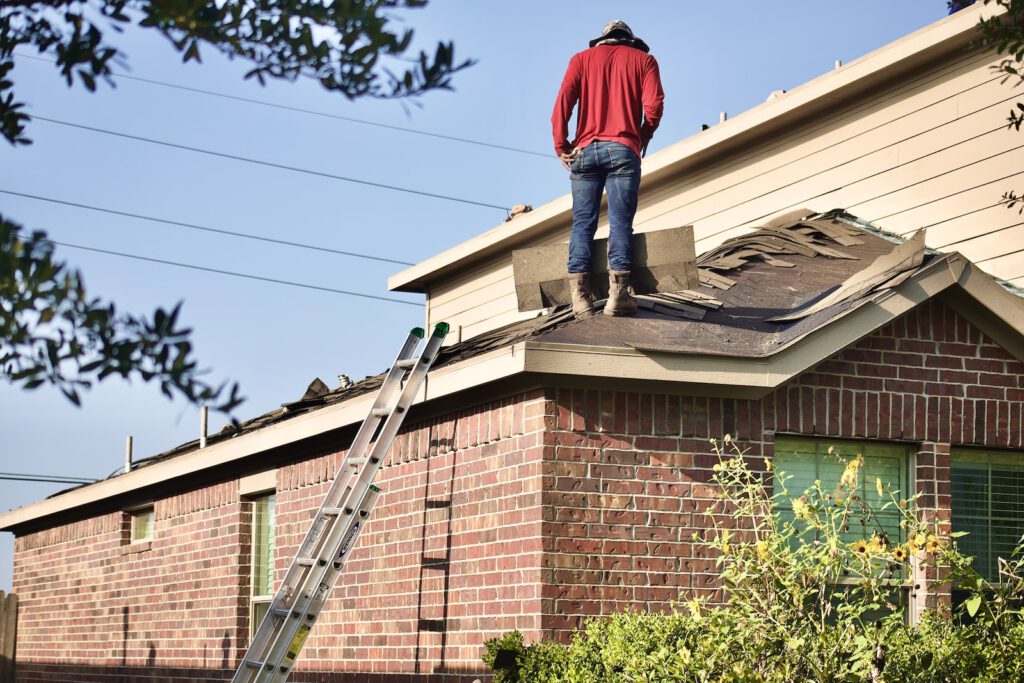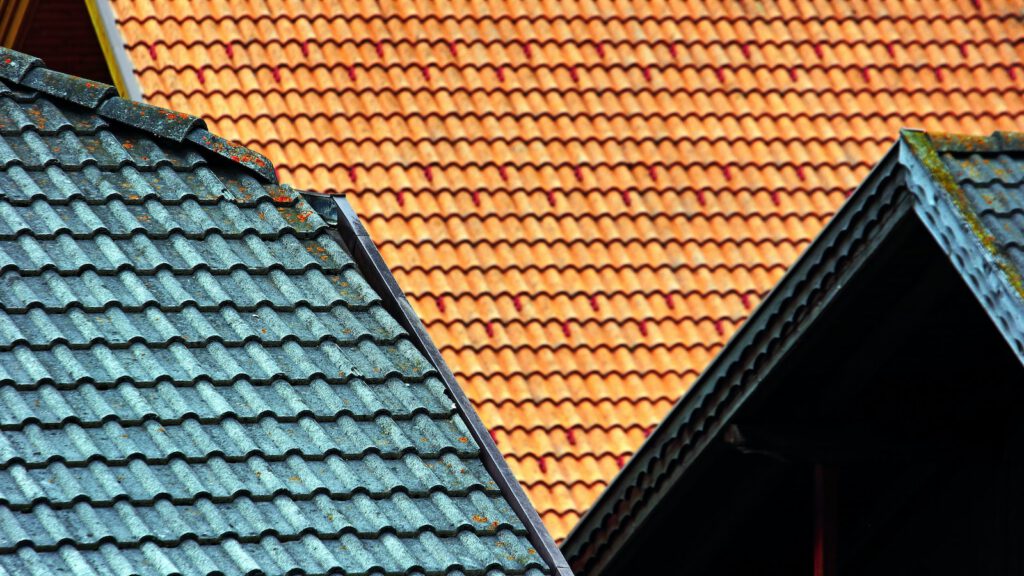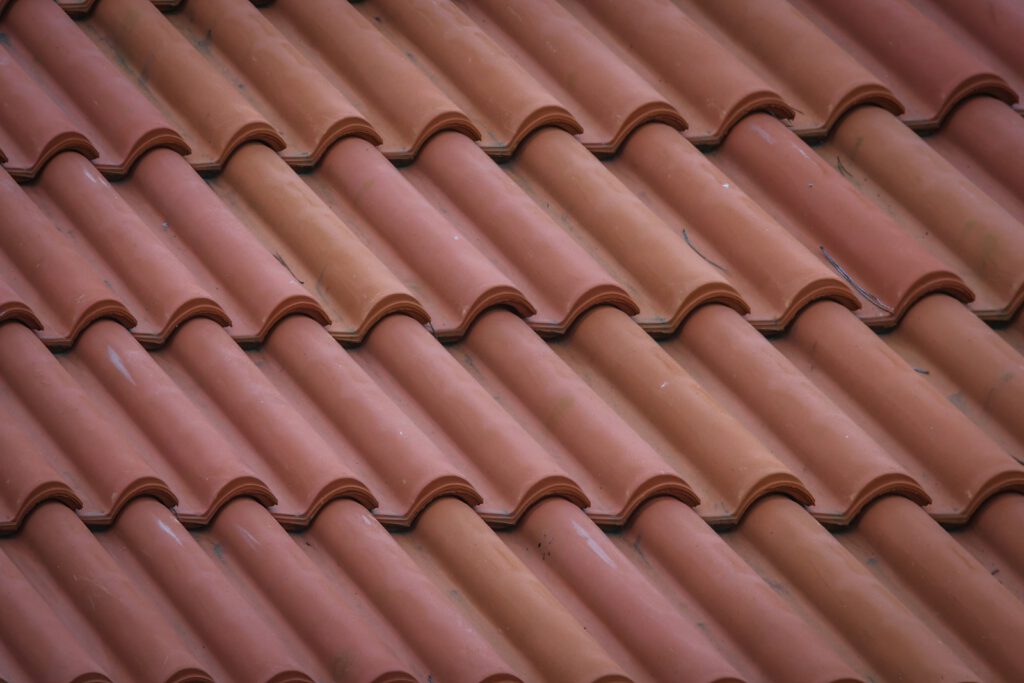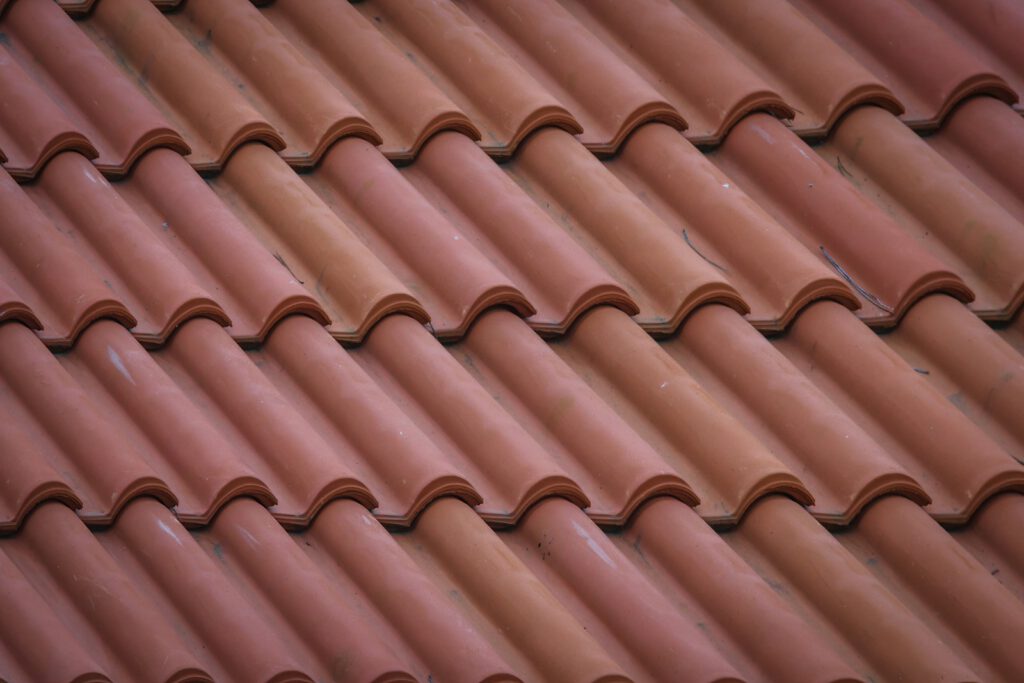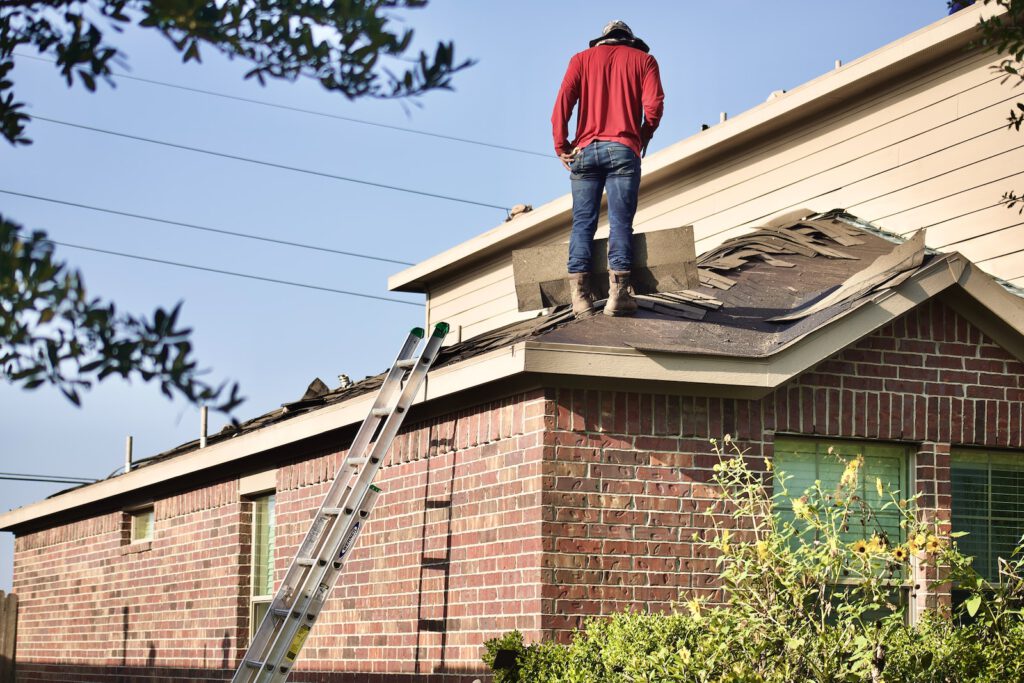
Roofing for Tomorrow: Why Solar Roofs are the Future
In the evolving world of technology and environmental consciousness, solar roofs have emerged as a groundbreaking innovation. With their unique blend of functionality and sustainability, these cutting-edge systems are redefining our approach to renewable energy. As the world grapples with the urgent need to reduce greenhouse gas emissions, renewable energy sources, especially solar power, have become increasingly important. Our decades-long reliance on fossil fuels is giving way to cleaner, greener alternatives. At the heart of this shift is the solar roof, poised to become the future of roofing.
I. Introduction
Solar roofs offer a robust range of benefits that make them an attractive option for homeowners and businesses alike. Primarily, they present an opportunity for significant energy cost savings in the long run. By generating their electricity, homeowners can drastically reduce their utility bills and recoup the installation cost over time.
Additionally, solar roofs contribute to a reduced carbon footprint, offering an eco-friendly alternative to traditional energy sources. By harnessing the sun’s energy, these systems help combat climate change and contribute to environmental conservation. Solar power is a clean, renewable energy source that does not emit harmful greenhouse gases during operation. This not only benefits the environment but also improves air quality and reduces the overall dependence on fossil fuels.
Beyond cost savings and environmental benefits, solar roofs provide independence from traditional energy grids, offering a reliable power source even during outages. With battery storage, excess energy generated during the day can be stored and used at night or during cloudy weather. This ensures a continuous power supply, reducing the reliance on the main grid and enhancing energy security.
Lastly, government incentives and tax credits further sweeten the deal, making solar roofs a financially viable option for many property owners. Governments around the world are recognizing the importance of transitioning to renewable energy sources and are offering various incentives to encourage the adoption of solar power. These incentives can include tax credits, rebates, and grants, which significantly reduce the upfront costs of installing solar roofs.
II. The Benefits of Solar Roofs
-
Energy cost savings: Solar roofs offer the opportunity for significant long-term savings on electricity bills. By generating their electricity, homeowners can reduce their reliance on the grid and avoid rising energy costs.
-
Environmental conservation: Solar roofs contribute to a reduced carbon footprint by harnessing clean, renewable energy. They help combat climate change, improve air quality, and conserve natural resources.
-
Independence from the grid: With battery storage, solar roofs can provide reliable power even during outages or when sunlight is not available. This enhances energy security and ensures a continuous power supply.
-
Financial incentives: Government incentives and tax credits make solar roofs a financially attractive option. These incentives can significantly reduce the upfront costs and accelerate the return on investment.
-
Increased property value: Solar roofs can increase the value of a property. Studies have shown that homes equipped with solar panels sell faster and at higher prices compared to those without.
-
Low maintenance and long lifespan: Modern solar panels are durable and require minimal maintenance. With routine inspections and occasional cleaning, solar roofs can last for decades, providing long-term benefits.
III. How Solar Roofs Work
At the core of solar roofs is photovoltaic (PV) technology, which converts sunlight into electricity. A typical solar roof system includes solar panels, an inverter, and optional battery storage. The panels capture sunlight and convert it into DC electricity, which the inverter then converts into AC power for home use. Battery storage can store excess energy for use when sunlight is not available, such as at night or during cloudy weather.
Solar roofs are designed to integrate seamlessly with existing roofing structures, making them an excellent choice for both new construction and retrofits. The panels can be mounted on various types of roofs, including asphalt shingles, metal roofs, and flat roofs. The installation process involves securing the panels to the roof, connecting them to the electrical system, and configuring the inverter and battery storage, if applicable.
IV. Overcoming Common Concerns
Despite their numerous benefits, solar roofs are often misunderstood. Addressing common concerns can help dispel misconceptions and encourage wider adoption of this renewable energy solution.
-
Durability and weather resistance: Modern solar panels are designed to withstand harsh weather conditions, including hail, strong winds, and heavy snow. They are made from durable materials and undergo rigorous testing to ensure their resilience.
-
Aesthetics: Today’s solar roofs come in a variety of styles and designs that can complement any architectural style. They can be integrated seamlessly into the overall aesthetics of a building and enhance its visual appeal.
-
Maintenance and repairs: Solar roofs require minimal maintenance, with most systems only needing occasional cleaning and routine inspections. The panels are designed to be self-cleaning to some extent, with rainwater washing away dirt and debris.
-
Efficiency and cost: Advancements in solar technology have significantly increased the efficiency of solar panels while reducing their cost. Solar roofs are now more affordable and offer higher energy conversion rates, making them a practical choice for many homeowners.
V. The Future of Solar Roofs
Solar technology is constantly evolving, and the future of solar roofs is bright. Advancements in technology promise even more efficient panels and integrated systems. The integration of solar roofs with smart home systems is also on the horizon, offering homeowners even more control over their energy usage.
Additionally, as battery technology improves, the potential for energy storage and grid independence grows. Battery storage allows homeowners to store excess energy generated during the day for use during peak demand or when sunlight is not available. This reduces the reliance on the main grid and improves overall energy efficiency.
Solar roofs will also play a crucial role in sustainable urban development, providing clean energy for our growing cities. As cities become more densely populated, the demand for electricity increases. Solar roofs can help meet this demand sustainably and reduce the strain on traditional power grids.
VI. Considerations for Installing Solar Roofs
Before installing a solar roof, several factors need to be considered to ensure a successful and efficient system.
-
Property suitability: Not all properties are suitable for solar panels due to factors like roof orientation, shading from trees or nearby buildings, and structural limitations. A thorough assessment of the property’s solar potential is necessary to determine its viability for solar installation.
-
Financial considerations: While the initial cost of installing solar roofs can be high, the long-term savings on energy bills and available incentives can make it a worthwhile investment. Homeowners should evaluate the financial feasibility of solar installation based on their energy consumption, utility rates, and available incentives.
-
Choice of installer: Choosing the right installer is crucial for the performance and longevity of the solar roof system. It is essential to select a reputable and experienced installer who can design and install the system according to industry standards and best practices.
-
Permits and approvals: Obtaining necessary permits and approvals is an essential part of the solar roof installation process. Local building codes and regulations may require permits for the installation of solar panels. Working with a professional installer can help navigate the permit application process smoothly.
VII. Case Studies and Success Stories
Across the globe, countless homeowners and businesses have experienced the benefits of solar roofs. These success stories serve as real-life examples of the long-term savings and energy efficiency that solar roofs can provide. They showcase the potential of solar roofs and underscore their viability as a renewable energy solution.
Case studies can highlight specific projects and their outcomes, showcasing the financial savings, reduced carbon footprint, and increased energy independence achieved through solar roof installations. Sharing these success stories can inspire others to consider solar roofs as a viable option for their own properties.
VIII. Conclusion
As we’ve explored, solar roofs offer a multitude of benefits, from long-term savings to environmental conservation. They represent an exciting development in renewable energy, offering a practical and sustainable alternative to traditional roofing. Solar roofs contribute to cost savings, reduce carbon emissions, provide energy independence, and offer financial incentives. As technology advances and solar roofs become more accessible, there’s no doubt that they are the future of roofing. Whether you’re a homeowner or a business owner, considering the benefits and potential of solar roofs is a step towards a more sustainable and energy-efficient future.

